The Gypsy Moth Is Invading Tennessee And Here's What You Need To Know
Tennessee’s natural beauty is known far and wide, but it seems that it’s not just out-of-staters that are making their way to the Volunteer State. No, a few invasive animal and insect species have found their way here as well, and the natural response isn’t the best. Learn about the “Gypsy Moth” and its trek to Tennessee below, and maybe chime in below in the comments with some thoughts of your own. We were fascinated to learn about this strange little insect with the propensity for trouble.
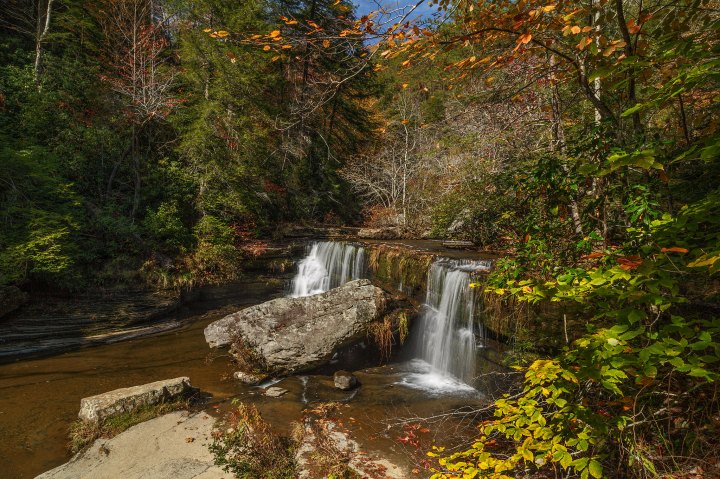
Tennessee is actually home to a number of invasive species, mainly because the state's climate and lush natural landscape lend itself to both botanical growth and wildlife.
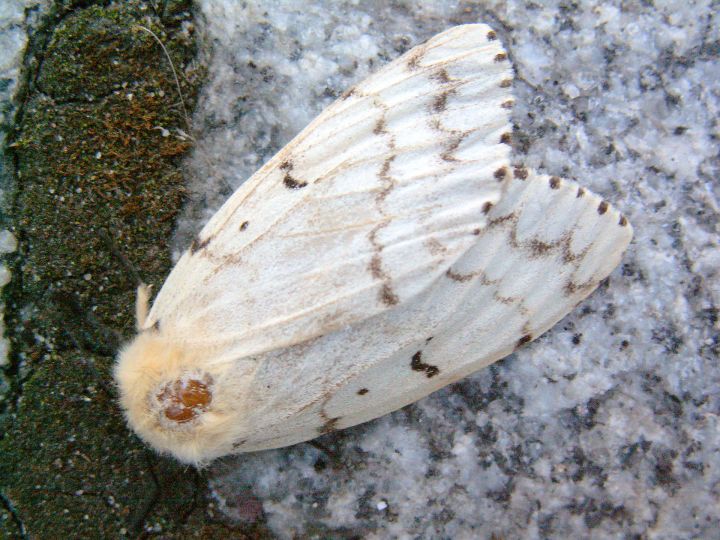
An invasive species is described as a "plant or animal that is not native to our state and has a tendency to spread, which may cause damage to the environment, to the economy, or to human health," according to the state of Tennessee. One of such invasive insects is the Gypsy Moth.
Advertisement
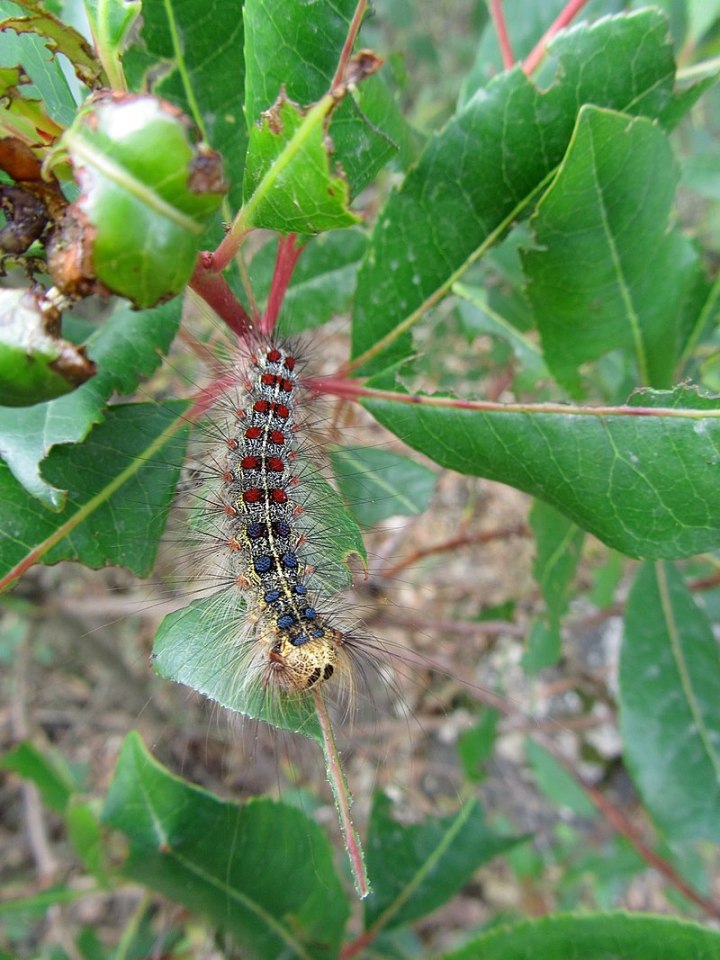
There's a tenuous balance amidst the ecosystems of the world, and newly introduced species can throw it off quickly and with devastating consequences. The Gypsy Moth is known officially as the Lymantria dispar dispar and now has a range that covers areas of Europe, Africa, and North America.
Advertisement
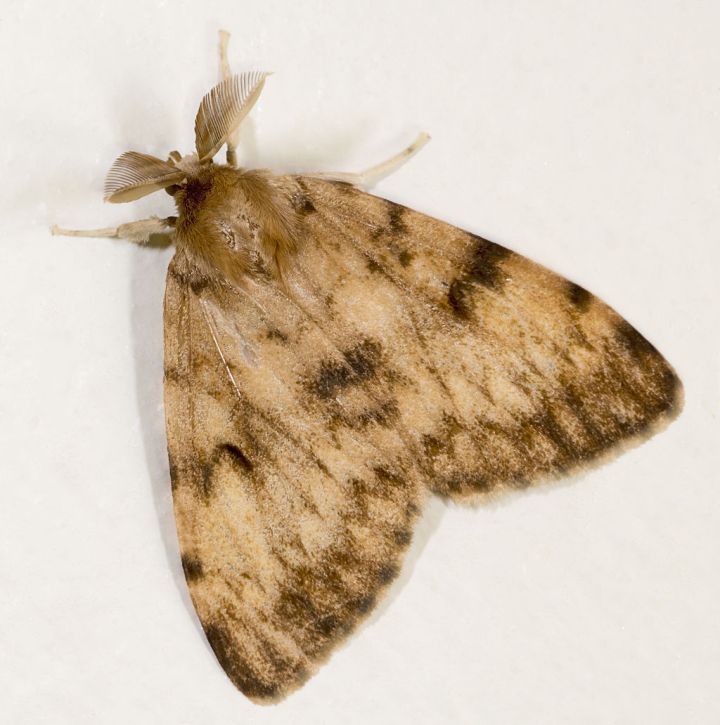
The insect was introduced to the United States in 1869 and immediately became an invasive species. The moths were actually brought to the states by Étienne Léopold Trouvelot and were accidentally set free from his home in Massachusetts. Even just ten years after it was released, the moth became unmanageable in number, and caterpillars were found all over the immediate area.
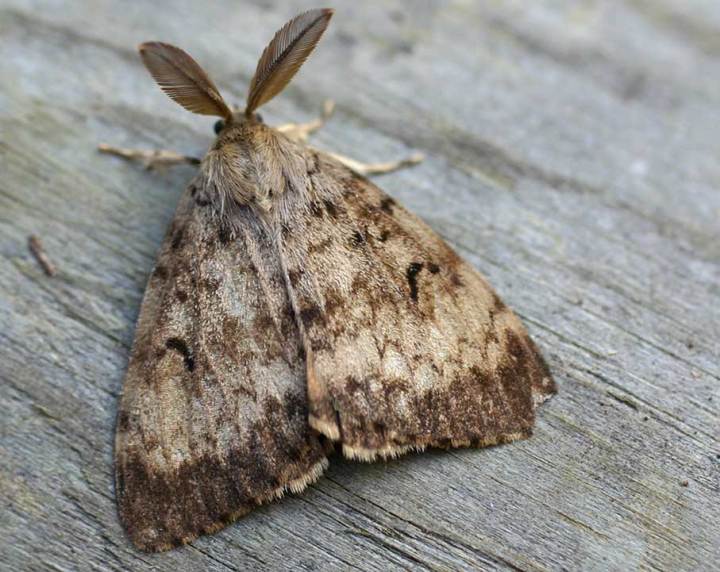
The moth has since spread, mainly by the wind when small larvae are caught up and naturally transported, into all of New England and as far west as Michigan. Tennessee has started to see the gypsy moth mainly on the eastern side of the state. The outbreak has unfortunately caused a span of tree devastation by defoliation.
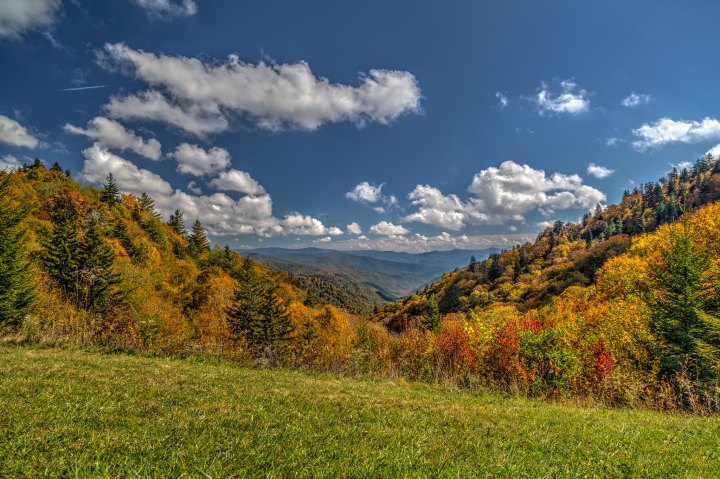
The moth may be beautiful, but it is not native to the state and its spread causes some serious natural consequences. Have you seen this particular moth? If you have, well. You've experienced a bit of history.
If you’re looking for more fun and interesting facts about Tennessee, you can find them right here.
OnlyInYourState may earn compensation through affiliate links in this article. As an Amazon Associate, we earn from qualifying purchases.
Featured Addresses
Tennessee, USA




